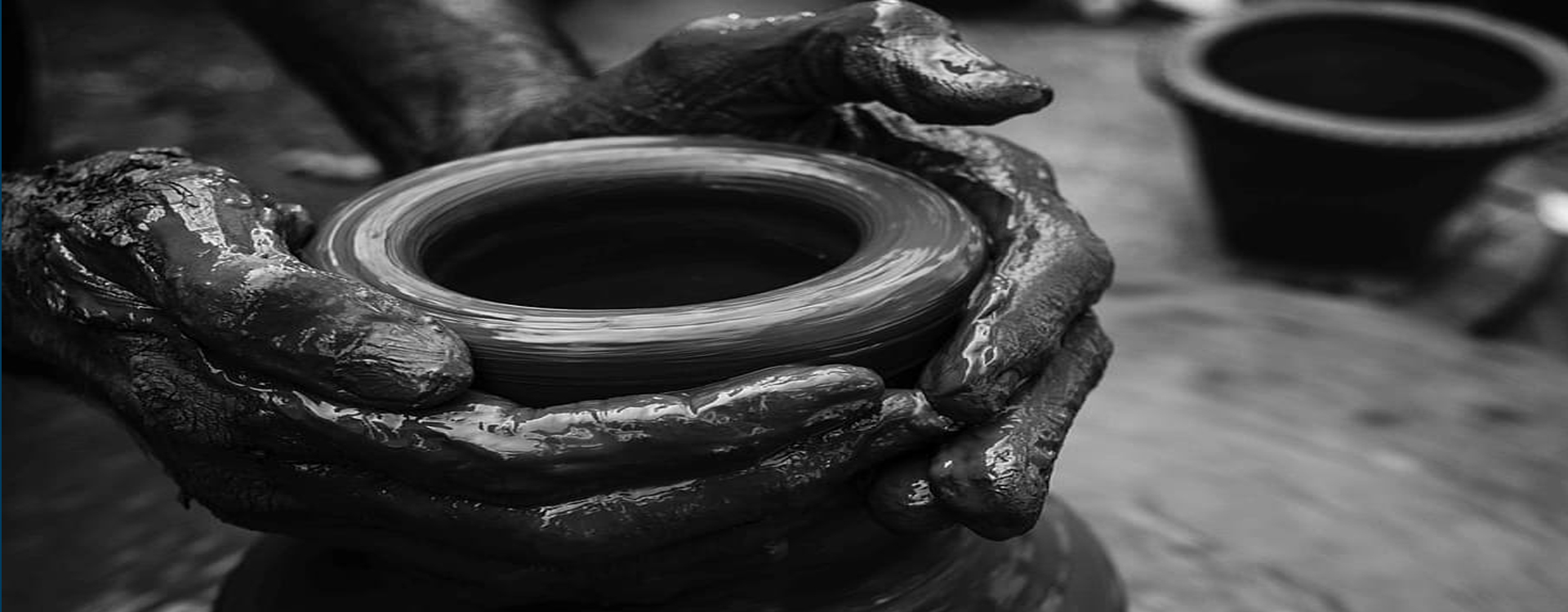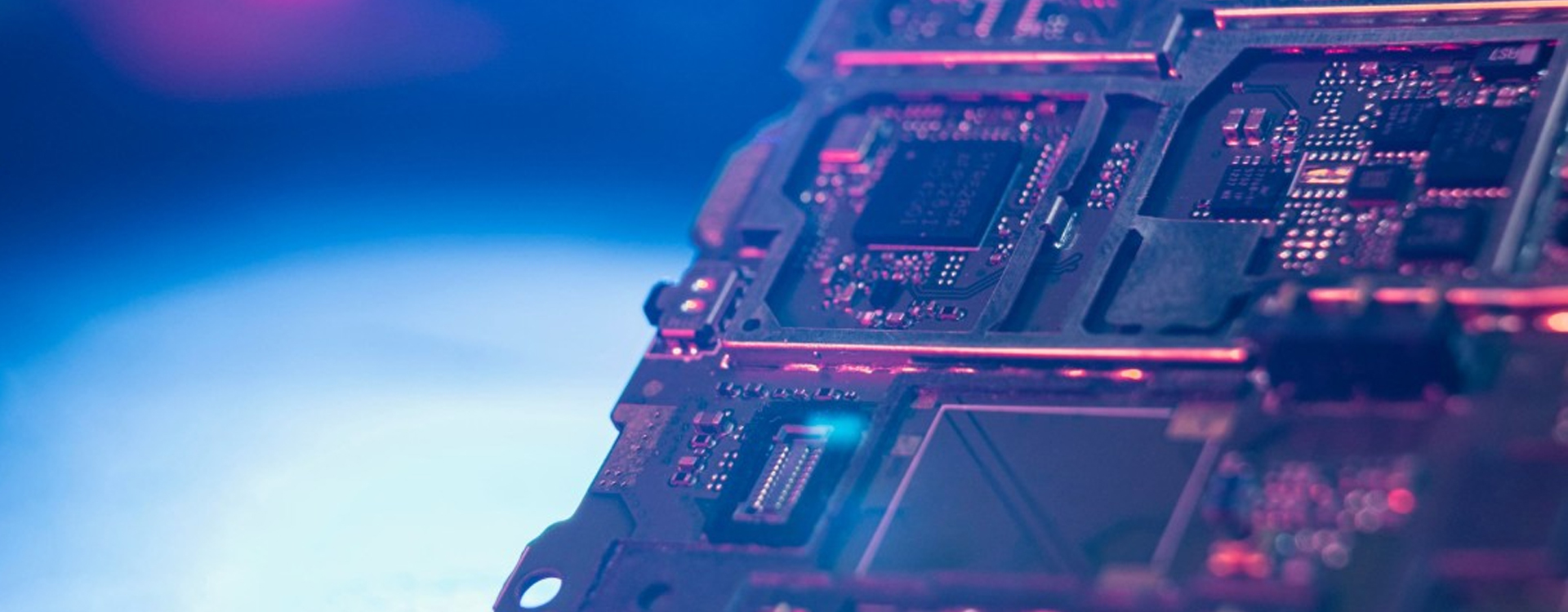Seminar Details
Aluminum (Al) and its alloys are considered excellent candidates for lightweight engineering applications due to their low density, high specific strength, good castability, and favorable mechanical properties. However, their practical use is often limited owing to poor corrosion resistance in saltwater solutions. To address this fundamental challenge, the present study focuses on developing a high-strength Al-4.2Cu-1.5Mg-0.56Mn-0.37Si (wt.%) alloy by the stir casting technique. The improved microhardness, tensile, and compressive strength were attributed to the formation of a fine-grain microstructure consisting of secondary strengthening phases, including Al2Cu(&theta), Al2CuMg(S), and Al5Si(CuMg), acting as barriers to dislocation motion. However, the corrosion resistance in saltwater remained inferior owing to the presence of intermetallic phases forming micro-galvanic couples with the &alpha-Al matrix, leading to intergranular and pitting corrosion. Surface engineering in terms of cerium-based conversion coating (CeCC), organic coating, and electroless plating was explored in tandem or individually to assess the corrosion phenomena and correlate with microstructure. The CeCC coating formed a mixed oxide/hydroxide layer preferentially segregated over Cu-rich intermetallic phases due to their higher electrochemical potential, resulting in a non-uniform cathodic coating. To address this non-uniform coating, a mussel-inspired polydopamine (PDA) coating was further explored, improving surface coverage, as PDA adhered uniformly along grain boundaries and the &alpha-Al matrix through hydrogen bonding with surface hydroxides and functional groups. This duplex coating offered both anodic and cathodic protection, exhibiting slightly improved corrosion resistance. However, polymer coating being soft and not durable for a longer duration, electroless Ni, Ni-P, and Ni-xCu-P (x = 0.1, 0.2, 0.5 gL-1 CuSO4) coatings were explored in detail to mitigate corrosion of Al-Cu-Mg alloy. The optimal Ni-0.1Cu-P coating formed a ~4 &mum thick, compact, amorphous layer with excellent corrosion resistance compared to Ni-P and bare specimens. Further improvements were achieved through pretreatment (zincating) and post-deposition annealing at 100°C, 120°C, and 200°C. The specimen annealed at 120°C exhibited a dense, ~5 &mum amorphous layer with improved surface finish and retained phosphorus content, resulting in superior corrosion protection. In summary, the present work demonstrates the successful development of a high-strength Al-Cu-Mg alloy, and the combination of surface treatments can significantly enhance the corrosion resistance of the studied alloy in saltwater.


